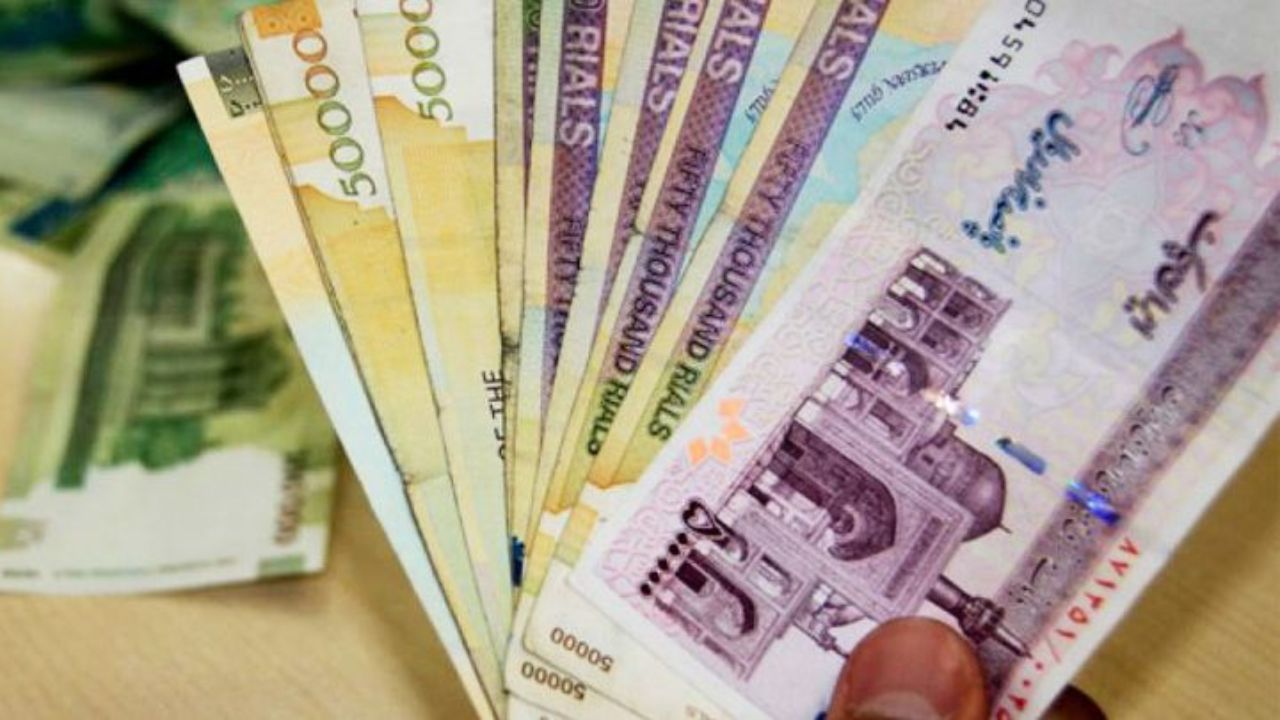“Prior to making another payment, the government will track the financial transactions of applicants, even those who were among 60 million beneficiaries of the first round of the program," he added.
According to Oil Minister Bijan Namdar Zanganeh, the latest rationing and doubling of gasoline prices that started on Nov. 15 will increase annual government revenues by $2.5 billion that will be used exclusively for welfare spending, this time dubbed as the Livelihood Assistance Program.
In the first round of payments, the government granted 550,000 rials ($4.41) to one person households, 1.03 million rials ($8.27) for two-person families, 1.38 million rials ($11.08) for three-person households, 1.72 million rials ($13.81) for four-person households and 2.05 million rials ($16.46) to households with five or more persons, Financial Tribune reported.
“About 17.7 million households, including 60 million people, received cash support worth 24,200 billion rials [$194.37 million] through the three-phase Livelihood Assistance Program that started on Nov. 19. Only 20% of the people were left out in the first round of this aid program,” Meydari said.
Further Prohibition
Asked on how the ministry determines the eligibility for the Livelihood Assistance Program, the official said households who own cars worth more than 2,500 million rials ($20,080) or have a home worth more than 12 billion rials ($96,385) in Tehran or nine billion rials ($72,289) in other cities will definitely not receive the aid.
Also, individuals with monthly wages above 40 million rials ($321) who fall in the top three high-income deciles won’t qualify for the government handouts.
Mohammad Shariatmadari, the minister of cooperatives, labor and social welfare, has said that people who have travelled abroad at least three times (except for pilgrimages) during the past year won’t be entitled to the benefits either.
Employers with more than three insurees and those who are servicing bank loans worth more than three billion rials ($24,096) also do not qualify for the government’s financial assistance plan.
Hossein Mirzaie, the spokesperson of the headquarters associated with identifying eligible applicants for the Livelihood Assistance Program, also pointed out earlier that physicians, tenured professors, judges, lawyers, senior civil servants and those holding executive-level positions have been removed from the government’s new aid program.
About 82% of the households in the southeastern province of Sistan-Baluchestan received the first round of cash payments, the highest portion among Iranian provinces, followed by 79.2% of households in North Khorasan, 78.4% in South Khorasan, 78% in Golestan and 77.7% of households in Lorestan.
Tehran Province had the smallest number of households eligible for the new aid program with 57.2% of the total number of its households, followed by Alborz (63.6%), Yazd (64.9%), Isfahan (65.9%) and Bushehr (66.8%).
It’s almost a decade that the Iranian government is making cash subsidy payments directly to people. The Targeted Subsidies Law of 2010 authorized the reduction of subsidies on food and energy, and instead paid 455,000 rials to each and every Iranian on a monthly basis. The plan has been retained so far, according to Meydari, and nearly 78 million Iranians, including 24 million households currently receive the monthly grant. In other words, 6.3 million households who receive cash subsidies did not received benefits from the first round of the Livelihood Assistance Program.
According to Mirzaie, about 5.4 million heads of households have registered complaints for not having received government cash transfers as compensation for higher gasoline price, Fars News Agency reported.
Shortly before the recent gasoline price hike, the government discontinued monthly payments of cash subsidies to a further 400,000 individuals who were found to be economically advantaged. In doing so, the number of those removed from the list of cash subsidy recipients over the past two months hit 1.1 million.
Unbalanced Equation
A report by Persian-language daily Donya-e-Eqtesad, citing Majlis Research Center, put the amount of government’s earnings from reduction of energy subsidies as per the targeted subsidies plan at 2,860 trillion rials ($22.97 billion) since November 2010 to March 2019 while a total of 3,483 trillion rials ($27.97 billion) were transferred to people during the period.
The deficit between earnings and spending on cash payments was tackled through other resources, including the government’s general budget and borrowings from the Central Bank of Iran.
The sums of government’s cash transfers to people have always outweighed that of its earnings from reducing hidden subsidies over the years under review, except for the last Iranian fiscal year (March 2018-19).
According to the report, CBI lent around 80 trillion rials ($642.57 million) to the Targeted Subsidy Organization in the year ending March 2011, of which the government has paid back 23 trillion rials ($184.73 million), meaning about 57 trillion rials ($475.83 million) remain unpaid.


